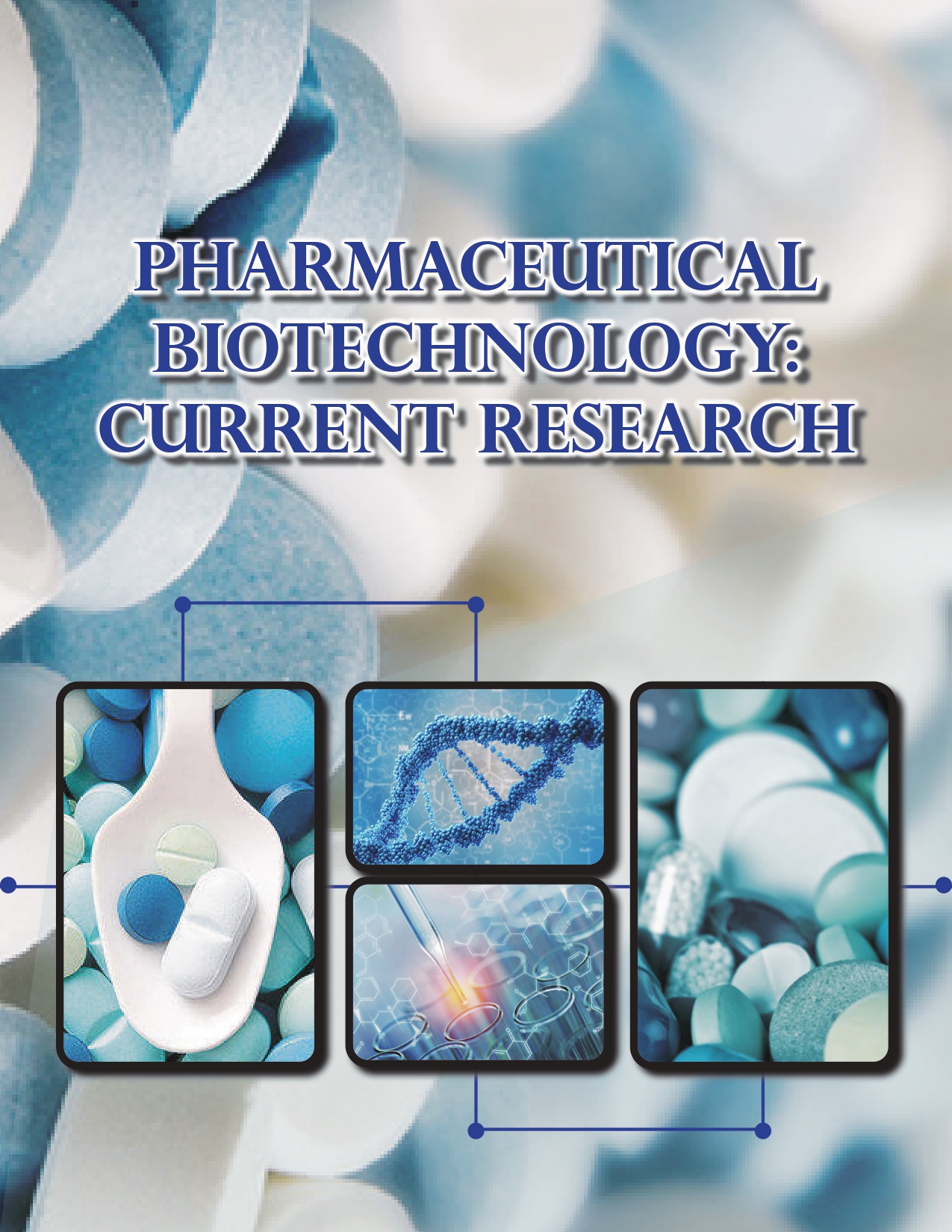Study of Molecular Developments and Principles Associated with Evolutionary Biology
Rosa Desousa *
Department of Pharmaceutical Sciences, Touro University, California, USA
- *Corresponding Author:
- Rosa Desousa
Department of Pharmaceu tical Sciences,
Touro University,
California,
USA,
Email: rosadeso usa @ed u.cn
Received Date: December 01, 2021; Accepted Date: December 16, 2021; Published Date: December 23, 2021
Citation: Desousa R (2021) Study of Molecular Developments and Principles Associated with Evolutionary Biology. PharmBiotechnol Curr Res Vol.5 No.7: e001.
Description
Molecular evolution is the course of progress in the succession organization of cell particles like DNA, RNA, and proteins across ages. The field of sub-atomic advancement utilizes standards of transformative science and populace hereditary qualities to clarify designs in these changes. Significant themes in atomic development concern the rates and effects of single nucleotide changes, impartial advancement versus normal choice, beginnings of new qualities, the hereditary idea of complicated attributes, the hereditary premise of speciation, advancement of improvement, and ways that transformative powers impact genomic and phenotypic changes. The historical backdrop of sub-atomic development begins in the mid twentieth century with near natural chemistry, and the utilization of "fingerprinting" strategies like resistant tests, gel electrophoresis and paper chromatography during the 1950s to investigate homologous proteins. The field of atomic advancement made its mark during the 1960s and 1970s, following the ascent of sub-atomic science. The approach of protein sequencing permitted atomic researcher to make phylogenies dependent on arrangement examination, and to utilize the contrasts between homologous groupings as a subatomic clock to assess the time since the last general normal progenitor. In the last part of the 1960s, the nonpartisan hypothesis of atomic advancement gave a hypothetical premise to the sub-atomic clock, however both the clock and the unbiased hypothesis were disputable, since most developmental scientists held firmly to panselectionism, with normal choice as the main significant reason for transformative change. After the 1970s, nucleic corrosive sequencing permitted sub-atomic development to reach past proteins to exceptionally preserved ribosomal RNA successions, the establishment of a reconceptualization of the early history of life.
Transformations are long-lasting, contagious changes to the hereditary material (DNA or RNA) of a cell or infection. Transformations result from mistakes in DNA replication during cell division and by openness to radiation, synthetics, and other natural stressors, or infections and transposable components. Most transformations that happen are single nucleotide polymorphisms which adjust single bases of the DNA succession, bringing about point changes. Different kinds of transformations adjust bigger sections of DNA and can cause duplications, inclusions, erasures, reversals, and movements.
Most life forms show a solid inclination in the kinds of transformations that happen with solid impact in GC-content. Advances (AG or CT) are more normal than transversions and are less inclined to change amino corrosive arrangements of proteins.
Transformations are stochastic and ordinarily happen arbitrarily across qualities. Transformation rates for single nucleotide locales for most organic entities are exceptionally low, around 109 to 108 for each site for every age, however some infections have higher change rates on the request for 106 for every site for each age. Among these transformations, some will be impartial or gainful and will stay in the genome except if lost by means of hereditary float, and others will be unfavorable and will be dispensed with from the genome by regular determination.
Since transformations are incredibly uncommon, they aggregate gradually across ages. While the quantity of transformations which shows up in any single era might shift, throughout extremely lengthy timespan periods, they will seem to collect at a standard speed. Utilizing the change rate per age and the quantity of nucleotide contrasts between two groupings, dissimilarity times can be assessed adequately by means of the atomic clock.
Recombination is an interaction that outcomes in hereditary trade between chromosomes or chromosomal areas. Recombination checks actual linkage between adjoining qualities, along these lines diminishing hereditary catching a ride. The subsequent free legacy of qualities brings about more productive choice, implying that locales with higher recombination will hold onto less hindering transformations, all the more specifically preferred variations, and less mistakes in replication and fix. Recombination can likewise produce specific sorts of transformations in the event that chromosomes are skewed.
Open Access Journals
- Aquaculture & Veterinary Science
- Chemistry & Chemical Sciences
- Clinical Sciences
- Engineering
- General Science
- Genetics & Molecular Biology
- Health Care & Nursing
- Immunology & Microbiology
- Materials Science
- Mathematics & Physics
- Medical Sciences
- Neurology & Psychiatry
- Oncology & Cancer Science
- Pharmaceutical Sciences
